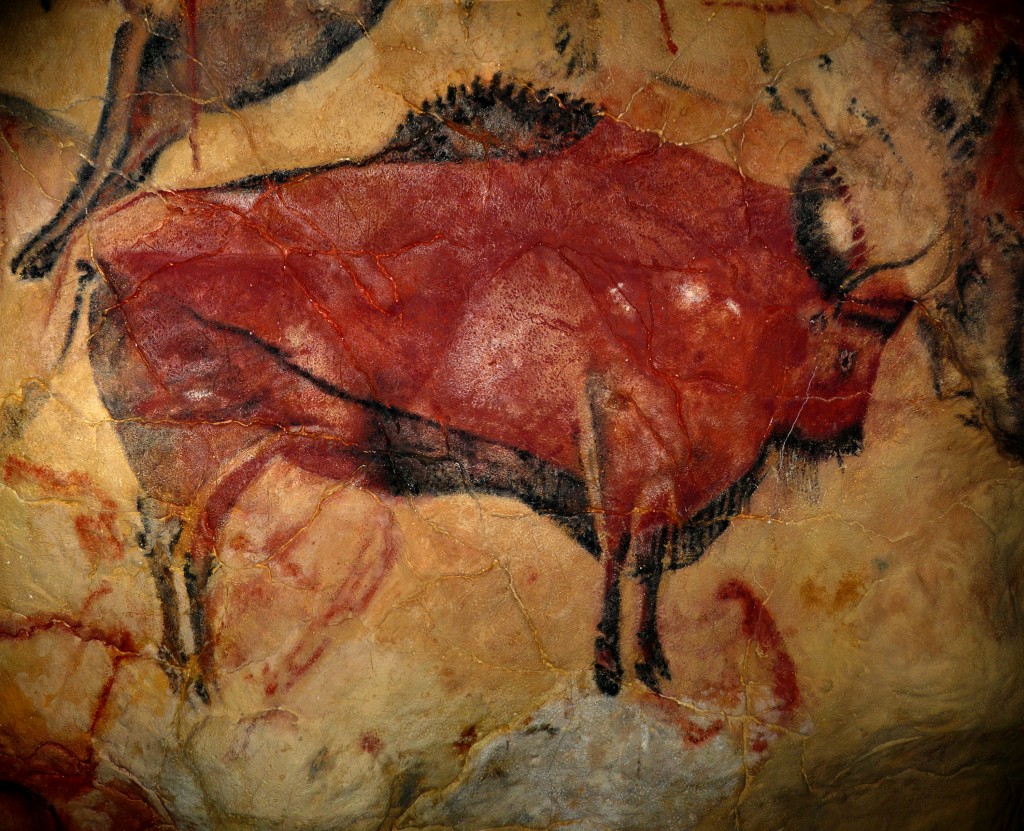According to American anthropologist Elman Service’s four-fold classification, a hunter-gatherer group is the base level of societal organization. These bands travel in groups usually less than 100 members and often have kinship ties. The first population of humans in Southern Africa, and likely the world, was the hunter-gatherer San people. The San people, also known as ‘Bushmen’, populated South Africa long before the Bantu nations or Europeans arrived. A detailed analysis of African DNA found the San to be directly descended from the original human ancestors that populated Africa, and eventually spread to populate the rest of the world. The San DNA was found to be the most genetically diverse; indicating that they are likely the oldest continuous population of humans in Africa and thus on Earth. Descendants of these incredible San people continue to live in Southern Africa today, and keep the traditions of their hunter-gatherer lifestyle alive. The study of the San people has offered archaeologists the best model for studying hunter-gatherer lifestyles during the Stone Age. With numerous generations throughout the period, there is much to be studied. San rock art offers valuable insight into beliefs and cultural practices of the time; there have been approximately 20,000 to 30,000 sites of this rock art identified. The oldest of such rock paintings, found in Namibia, has been radiocarbon-dated to 26,000 years old.

The beautiful Namibian rock art of the San people is considered to be one of the longest-enduring art forms. Today, the modern San continue to create this art, just as their ancestors did.
The history of the San lifestyle is well preserved through a rich oral history and the continued study of artifacts and sites of the ancient San people. Cultural practices of the San people including ostrich eggshell beads, shell ornaments, bow and arrow design, and rock art were followed by most other hunter-gatherer groups in South Africa. The unique “click” language of the San people spread and evolved to form other dialects in Africa. The lifestyle of the San people was threatened when the Khoekhoe people migrated into South Africa about 2,000 years ago. This group of herders brought sheep herding culture and a different social organization than that of traditional hunter-gatherers. While a symbiotic relationship between the groups appears to have been established, the subtle conversion of individuals to herding culture weakened the social cohesion of the group.The subsequent immigration of Bantu speaking agro-pastoralists and European colonial agro-pastoralists brought even more challenges.

The modern San people continue to hunt using the traditional practices of their ancestors. The land they hunt on is one of the last places outside of national parks where there are enough wild animals for them to hunt.
A Kalahari San community still exists today in the Siyanda District of South Africa. Some members of the community still wear traditional leather clothing and older members of the community retain some traditional knowledge and skills. The future of the San people is uncertain; the community must decide whether to succumb to external pressures to pursue agricultural or economic development, perhaps at the cost of some of their intellectual and cultural heritage.
Sources:
http://www.san.org.za/history.php
http://www.independent.co.uk/news/science/worlds-most-ancient-race-traced-in-dna-study-1677113.html
http://www.sahistory.org.za/article/san
Images:
Bushmen Initiation Hunt article
Additional Content:
Journey of Man: A Genetic Odyssey Documentary

As one of the few Hunter-gatherer groups left, the technology being used can still help us understand past hunter-gatherer groups. Are their any ethnoarchaeology studies currently going on with the San, or aware of any situations which archaeologists have used their their current technological use to understand sites of hunter gatherer groups?
The San people are some of the most heavily studied groups of indigenous people; ethnographic studies of the community have definitely shaped and continue to shape our understanding of hunter gatherer societies and their lifestyle. However, because of the extensive research on this group of people, just recently the San became the first group in Africa to draft an ethics guideline for further research on their people. On March 2nd they released a research-ethics code to scientists regarding how they would like to be treated in further studies. (see this article: http://www.nature.com/news/south-africa-s-san-people-issue-ethics-code-to-scientists-1.21684)
The extensive study of the San people has been invaluable in the development of modern ideas about DNA and identity. The group was one of the first in Africa to have their entire genome sequenced. The extreme diversity found in their DNA serves as a constant reminder that our ideas about identity are mere constructs, and that as humans we are all interconnected.